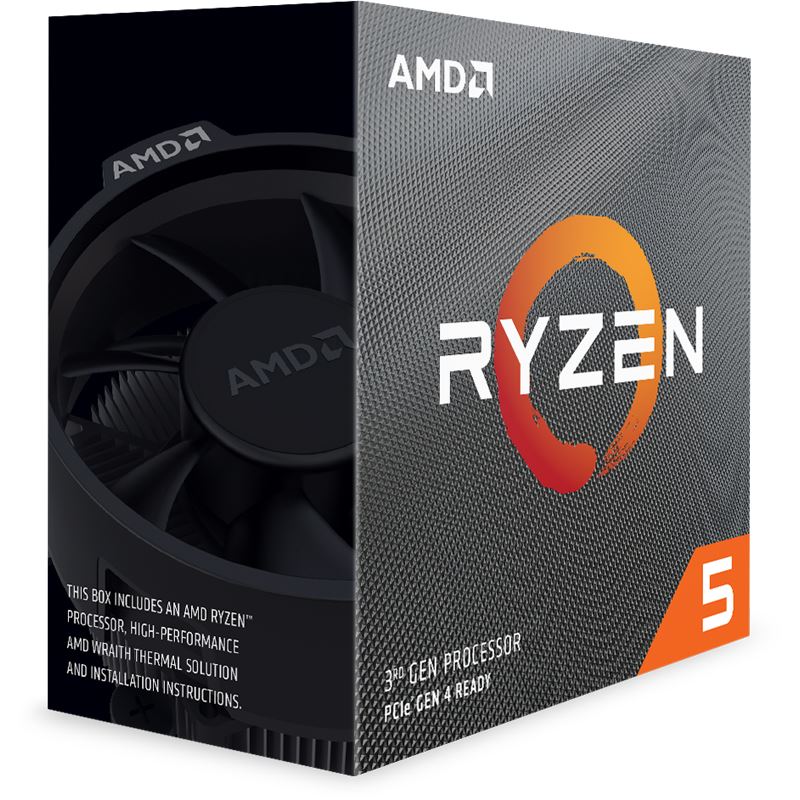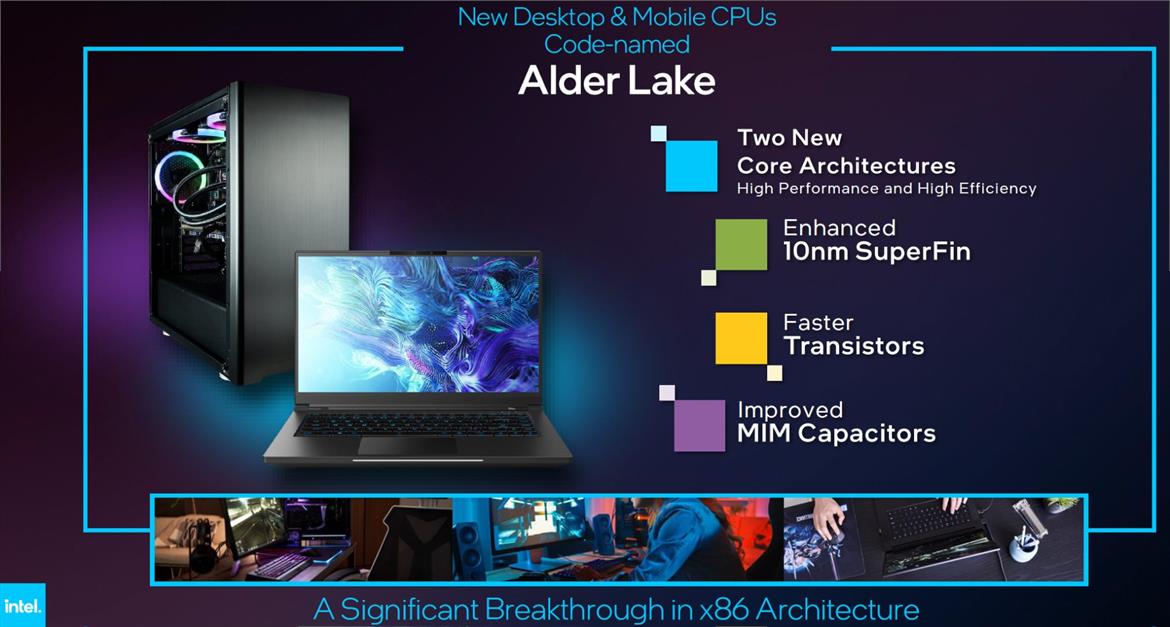LightningZ71
Platinum Member
- Mar 10, 2017
- 2,650
- 3,334
- 136
Following the previous post, this is also why it is difficult to get apples to apples comparisons between desktop first processors and mobile first processors. Just using the Apple M1 as an example, Apple used a set of optimizations for that chip that were targeted around two fundamental facts: it wasn't going to clock higher than just above 3Ghz and they were going to use a lot of fixed function units, such as the NPU, instead of trying to do everything on the CPU core. This allows the function units to use the best transistor strategy for their purpose and then be turned off. This leads to lower idle power, and lower power used overall because the chip will love in the lower half of the power/frequency curve. This can significantly amplify the benefits of choosing ARM as the ISA. Node density also gives a benefit because it gives you the transistor budget to actually manage to fit all of those fixed function units on a processor. In other words, being stuck on a larger node, you don't get the advantage of those units, their function has to be emulated on the CPU at more cycles that the fixed function unit would need with transistor usage strategies that aren't targeted at their ideal usage.









